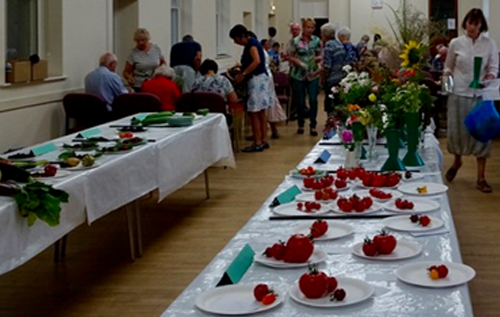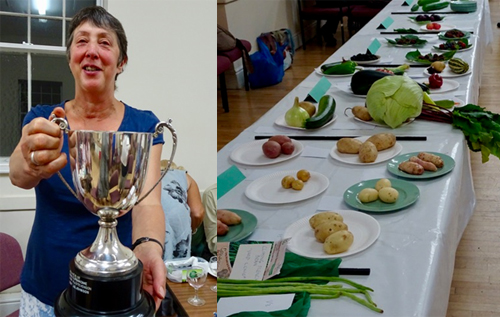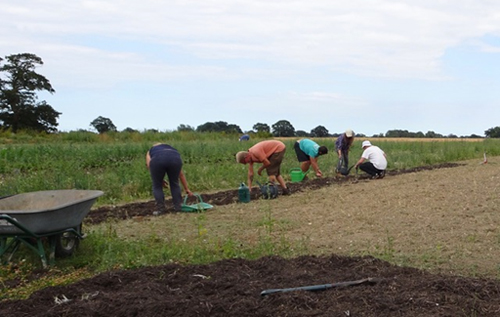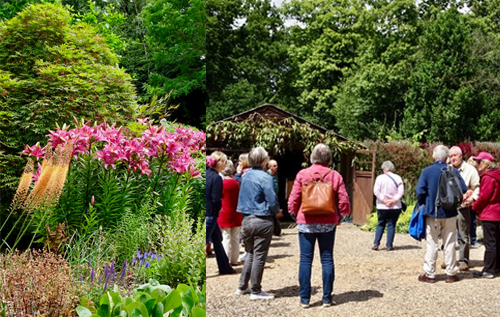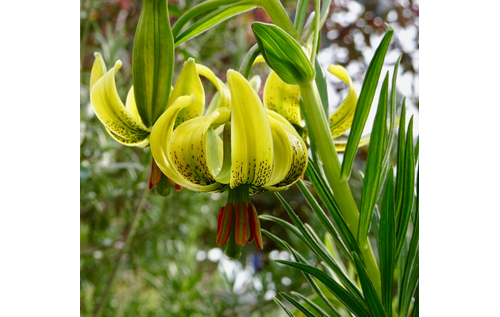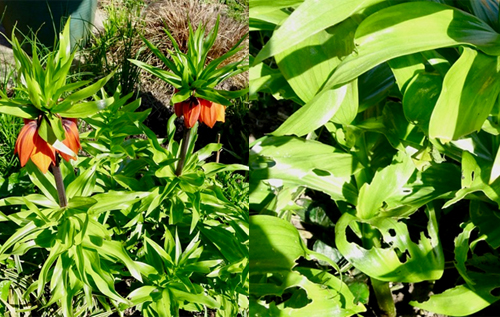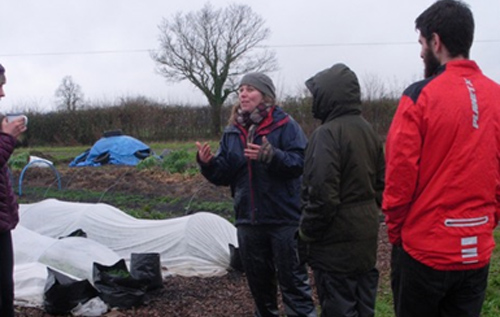By Victoria Plum
A dynamic talk at Reepham & District Gardening Club by Dr Sally Francis, who runs Norfolk Saffron at Burnham Norton, gave us many fascinating facts (but no cultivation secrets) about saffron.
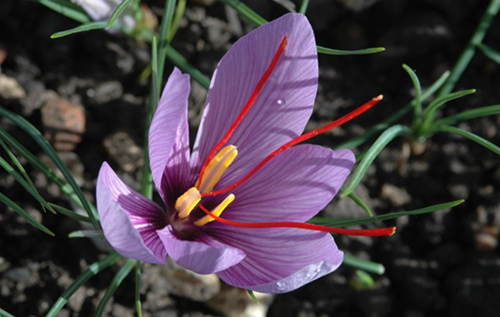
Photo: © Norfolk Saffron
Important historically, it was used medicinally (recorded at Norwich Cathedral priory infirmary in 1461), as a spice as we know it today, and as a dyestuff.
Big business locally, it was grown at a number of sites in North Norfolk, and exported from local ports to London and the Netherlands.
In 1614 a ship, the John of Wells-next-the-Sea, is recorded as carrying 60 lb of saffron. You know how tiny the threads (styles) are, and remember they have been dried, so just think how much work went into gathering that crop, and the monetary value of it.
Many people grew saffron for their own use and some surplus to sell as well, and then it started to be produced on a slightly larger scale.
The nature of the plant makes cultivation necessarily careful (it is a native of Crete) and harvesting hugely laborious. Every flower must be picked by hand as it becomes ready, and then taken indoors to have the valuable style removed by hand, truly a cottage industry.
The blooms don’t close at night so any flower missed risks waste and spoil. As with all harvests, timing is crucial and the rows must be carefully checked every day until all are done.
The tiny styles must be dried with care and then they can be handled, stored and sold as saffron hay (loose strands) or saffron cake.
The economics of production and desirability of the product meant that, as with internet fraud today, there was and still is always someone trying to imitate or adulterate the product to make money. In 1358 in Nuremberg, Germany, those found guilty were either burned or buried alive.
I have just thrown away the old Saffron Original on my shelf, bought in Greece in 2007 for a few cents, and now I’m checking my catalogue to buy my own Crocus sativus bulbs to ensure my personal supply.
The next meeting of Reepham & District Gardening Club on 16 October will feature Jim Paine of Walnut Tree Garden Nursery, who will give a talk on “Celebrating Winter”. Meetings are held at 7.45 pm in Reepham Town Hall, Church Street, Reepham. Visitors welcome.
Photo: Saffron in Savojbolagh County, Tehran, Iran © Serpico


